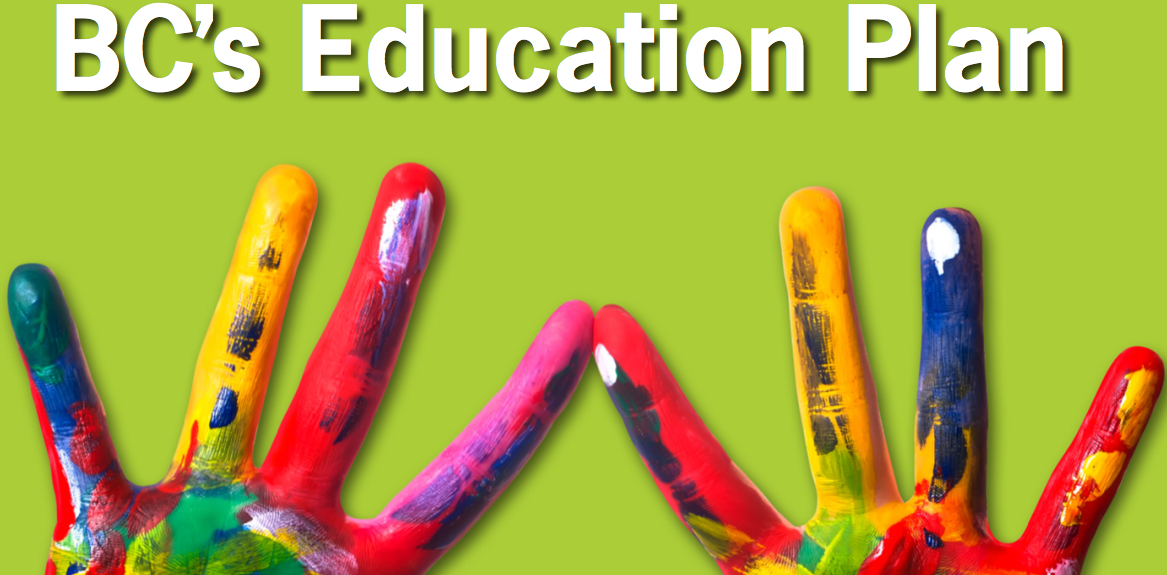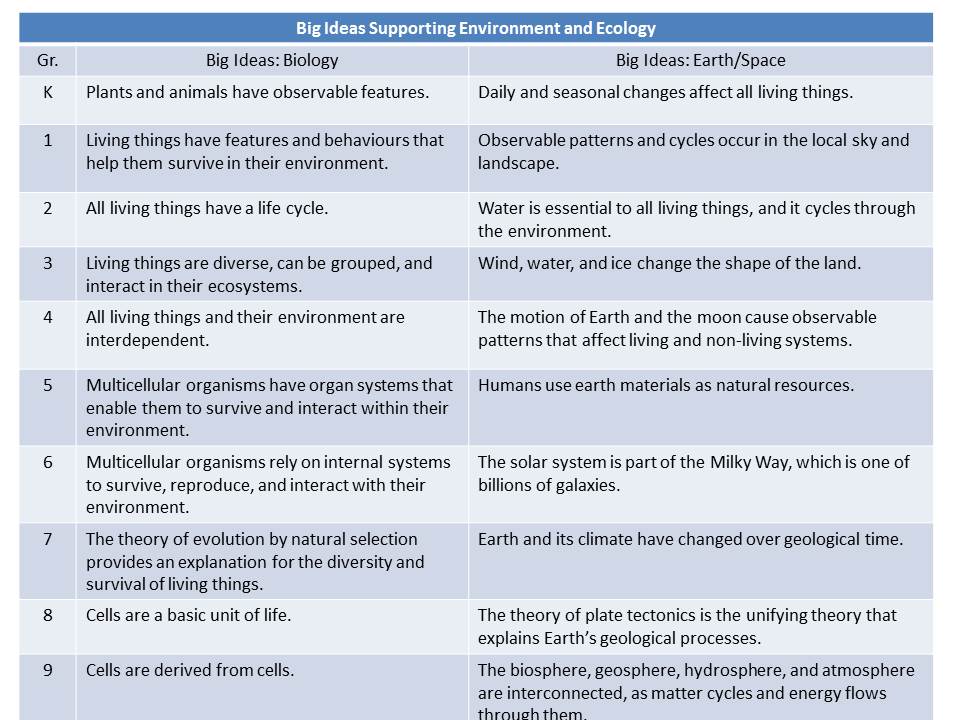
BC Curriculum
BC’s curriculum has been redesigned to respond to the demanding world our students are entering. Transformation in curriculum is intended to help teachers create learning environments that are both engaging and personalized for students. Underpinning the curriculum are core competencies. In the Personal and Social Competency it states that:
“Students develop awareness and take responsibility for their social, physical, and natural environments by working independently and collaboratively for the benefit of others, communities, and the environment”.
We have been working with school districts across the Columbia Basin to find ways we can help to support teachers to better using environmental education across their teaching practice in order to help achieve the core and curricular competencies identified in the new curriculum, and to enhance their student’s learning both in, and outside of, their classrooms. Click on the video below to find out more.
The Science curriculum takes a place-based approach to science learning. In the Science Goals and Rationale, it states that “Students will develop place-based knowledge about the area in which they live, learning about and building on Aboriginal knowledge and other traditional knowledge of the area. This provides a basis for an intuitive relationship with and respect for the natural world; connections to their ecosystem and community; and a sense of relatedness that encourages lifelong harmony with nature”.
Place-based learning is an evolving, cross-curricular instructional approach (Woodhouse & Knapp, 2000) that emphasizes the value of learning directly from one’s own community or region (Gruenewald, 2003). As an evolving pedagogy, many definitions for place-based education exist. David Sobel has contributed a great deal to the development of place-based education in the United States and Canada (1990; 1993; 1996; 2004) He defines place-based learning as “the process of using the local community and environment as a starting point to teach concepts in language arts, mathematics, social studies, science, and other subjects across the curriculum” (David Sobel, 2004, p. 7).
In practice it is about “Emphasizing hands-on, real-world learning experiences, this approach to education increases academic achievement, helps students develop stronger ties to their community, enhances students’ appreciation for the natural world, and creates a heightened commitment to serving as active contributing citizens. Community vitality and environmental quality are improved through the active engagement of local citizens, community organizations, and environmental resources in the life of the school” (David Sobel, 2004, p. 7).
Using the local place as a context for student inquiry sets the stage for understanding the bigger picture of what is going in the world around them. Students can pursue knowledge by asking questions that have piqued their natural curiosity and engage in local investigations, projects or other ways of doing in pursuing a deeper understanding of the big ideas. By opening the doors and encouraging students to directly engage in their real-world by asking questions about their place, students can have an authentic experience with the process of scientific inquiry (HCTF, 2015).
Environmental Inquiry is an overarching approach to Environmental Education that combines Inquiry-based Learning, Experiential Learning, Integrated Learning, and Stewardship in a dynamic and cohesive four-branch pedagogical framework. It is based on a transformative vision of education, one that seeks to develop not only skilled and knowledgeable students, but also, environmentally and socially-conscious world citizens with a love of learning (Natural Curiosity, 2015).
The Aboriginal Worldviews and Perspectives in the Classroom document supports this, saying that teachers should “look for opportunities to get students interested and engaged with the natural world immediately available (place-based education in the area near your school)” and to ” plan and organize to take instruction and learning outdoors where possible”.
This document also suggests that teachers “explore team leadership and the use of resources such as skilled members and third-party outdoor education specialists to facilitate and help deal with the challenges associated with leaving the confines of the school (e.g., the need for equipment, expertise in outdoor environments, risk management, transportation).”
Please let us know if you have ideas or suggestions for how environmental education can be used to support this redesigned curriculum by emailing info@cbeen.org.

Links
Introduction to the redesigned curriculum
Place-based Learning: Supporting Documentation for BC’s Curriculum
Aboriginal Worldviews and Perspectives in the Classroom (see pages 24-25 – Engagement with Land, Nature and the Outdoors)
BC Green Games – Curriculum Links
All K-9 subject area curricula
K-9 Science (including the Goals and Rationale)
K-9 Social Studies (including the Goals and Rationale)
All draft curricula/outlines for 10-12
Science 10-12 (including the new Environmental Science 11-12 courses)
Building Student Success – BC’s New Curriculum
Environmental Education Provincial Specialist Association (EEPSA)
KBEE Inspiration Handbook / Exemplar Videos
The Place-based Inspiration Handbook is a compendium of curricular ideas and resources to highlight exemplary practice in outdoor, environmental and place-based learning.
This resource includes the grade level(s), teachers involved, an overview of the practices, recommended resources and supplies, assessment strategies, extension opportunities, and connections to curriculum.
The Place-Based Education Exemplars Video Series highlights innovative practices from across the region in order to inspire more teachers to incorporate environmental education into their own work.
The video series explores the teaching practice and pedagogy of teachers who support outdoor, experiential, inquiry-based and place-based learning opportunities for their students.
Learn more about KBEE at kbee.ca.


